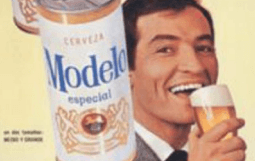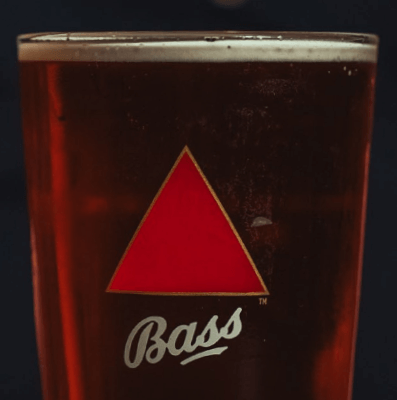
1. They taste amazing
Low-alcohol beer has evolved considerably since its first days on the market. Today, nearly any style of beer you'd want to enjoy has an alcohol-free version. This new world of alcohol-free beers lets you experience malty profiles and hoppy finishes and notes of citrus in a pint of craft beer, minus the alcohol.
2. They are healthy…
As well as being low in alcohol, these beers are also isotonic (read this great story about German Winer Olympians in the New York Times here). You’ll recognise the word from sports drinks, and like them, they offer up energy and nutrients, as well as water. It’s also a good source of antioxidants, magnesium and soluble fibre. And unlike many sports drinks, they don’t have stuff like sodium nitrate, aspartame and beta-carotene, just malt, hops, water and yeast. Low alcohol beers also usually have significantly few calories, often less than half, than full alcohol beers. No wonder that in Germany they are sold as sports drinks
3. There’s loads of choice
You’re no longer limited to a certain German low-alcohol beer that can, ahem, give you the blues. These days you can get [deep breath] stouts, wheat beers, lagers, sours, IPAs and more.
4. Low-alcohol and alcohol-free means different things
According to DrinkAware, in the UK, ‘low alcohol’ beers have an alcoholic strength by volume (ABV) of between 0.5% and 1.2%. ‘Alcohol-free’ beers are those with an ABV of 0.05% or less. ‘Non-alcoholic’ drinks mean no alcohol at all, such as sodas.
5. They’re brewed in different ways, and they’re not all equal
There are two main ways to limit the alcohol in beer while still leaving a liquid that tastes like beer. The first is to restrict the fermentation of the beer. This, in turn, can be done in several ways: by stopping the fermentation by cooling the beer, by controlling the fermentable sugars in the wort (the malty liquid that is fermented) or by mashing in at temperatures that the malt doesn’t like. However, the problem with these methods is that the flavours may not fully develop or characteristics that are usually removed through fermentation remain. A second method, and most common for modern breweries, is to remove the alcohol from fully fermented beers through evaporation in a vacuum (that doesn’t lose the flavours), reverse osmosis or dialysis.
6. Low alcohol beers are big business
In Spain, low alcohol beers make up more than 10% of the whole market. In the UK, it hasn’t even bothered 0.5% of the market, but given the investment by the big brands such as Heineken, Guinness and Budweiser as well as the expansion of German breweries into the UK market as well as homegrown breweries, we’re likely to see this increase.
7. More people are drinking less alcohol
More than three million people took part in dry January this year. Non-alcohol beer sales rose by 19% between 2016 and 2017 according to Kantar Worldpanel. The number of people who don’t drink alcohol, especially 16-24-year-olds, increased by 7% between 2005 and 2016.
8. Low alcohol beer has always been popular
Everyone used to drink beer, even children, up to the 19th century. They didn’t know it was because of the heating or boiling that killed the nasties, or the fact fermentation also helps, but small beer or table beer was drunk by everyone. It was probably less than 1%. Eton and Winchester schools had their own breweries for this.





